Mikoyan-Gurevich MiG-3 Russian Air Force Model
Production Time 9 to 10 weeks
Shipment is by FedEx, UPS or DHL International Express Courier with a normal door-to-door delivery time worldwide of within 2-3 business days after dispatch. Due to the current volatility of world fuel prices, the amount mentioned here is our best estimate for DHL and UPS and may be subject to change at the time of shipping.

Product Statistics
Length: 13.9 Inches (35.3 Centimeters)Wingspan: 17.1 Inches (43.4 Centimeters)
Height: 5.5 Inches (14 Centimeters)
Scale: 1:23
$239.50
Manufacturer: Mikoyan
Production Time 9 to 10 weeks
-
United States dollar ($)
-
Pound sterling (£)
-
Euro (€)
-
Australian dollar ($)
-
Canadian dollar ($)
-
Singapore dollar ($)
-
Swiss franc (CHF)
-
Japanese yen (¥)
-
Danish krone (kr.)
-
Hong Kong dollar ($)
-
Norwegian krone (kr)
-
Swedish krona (kr)
General Product Description
Our MyMahoganyModel Mikoyan-Gurevich MiG-3 Russian Air Force Model exhibits unique, unrivaled quality and detailed design to come as close as possible to the accuracy of the actual plane. It comes as standard with a robust, durable base or stand which is available in a variety of different finishes designed to match your own personal requirements including solid wood, wood with polished metal supports or adjustable wood wall mount and will be ready within about 9-10 weeks from placement of order.
The Mikoyan-Gurevich MiG-3 Russian Air Force Model is made of the finest kiln dried renewable mahogany wood (commonly known as Lauan or Meranti) which has undergone many stages of carving and meticulous and careful sanding giving the beautiful, finished museum quality masterpiece. Many collectors and model connoisseurs demonstrate their preference for genuine handmade and hand painted mahogany wood models rather than plastic or die cast (diecast) alternatives due to the overall look and totally different feel of the item - we trust you will find the same. We can however, if required produce the same model in Solid Cast Resin so just click and contact us for further information. Our craftsmen and gifted artisans ensure that our finely handcrafted model airplanes match the precise blueprint details of the original aircraft. The paint scheme, markings and parts are closely matched, reflecting the original aircraft. This stylish top-quality desktop replica model will surely enthrall anyone who receives this as a gift and for sure one of the most appropriate and desirably collectable gifts for any military aviation enthusiast and avid aircraft collector whilst also displaying a perfect resemblance to the actual real life version.
There are many types of military propeller aircraft, but the basic types are bombers, fighters, fighter bombers, spotter planes, transporters, patrol aircraft, trainers, and reconnaissance and observation aircraft. All these types of aircraft are used for different types of missions. If you're a fan of historic or present-day military aviation, our model aircraft will bring the excitement and character of these aircraft right into your own home. You can order a wood airplane model of a North American B-25 Mitchell Bomber, a B17 - Flying Fortress, or a P-51 Mustang Nervous Energy V not forgetting the Bf 109, Spitfire, FW 190, A6M Zero, P-38 and F4U. These classic, propeller airplane models are of the highest quality. Each is individually crafted by our expert craftsmen. They produce handmade scale mahogany airplane models of the finest aircraft from World War I and II to present day biplanes and triplanes.
If you require, we can also make the Mikoyan-Gurevich MiG-3 Russian Air Force Model in any other military, government or even private livery or colour scheme you require and if necessary, in a different size or scale. Just click here to contact us with a description or photographs of what you require, and we will let you have a quotation for the necessary customization by return email. We can also make bespoke scale replicas of any other private / civil commercial airliner or airliners, helicopter, glider, gliders with engines, military jet, warplane jets, biplane, triplane, tail fin, spacecraft, rocket or NASA model you require in any airline, military or civilian livery or colors. We also produce model airships, blimps, dirigibles, blimps, boats, and ship collectibles. Wall plaque or seal for military, government or private customers. Again, by clicking here to contact us just let us know exactly what you need.
The Mikoyan-Gurevich MiG-3 (МикоÑн- amp; #1043; amp; #1091; amp; #1088; amp; #1077;вичМиГ-3) was a Soviet fighter aircraft of World War II. It was a development of the MiG-1 in an attempt to curb some of that aircrafts handling problems. This proved to be only partly successful, however..
Mikoyan and Gurevich made a large number of modifications to the MiG-1 design after field testing revealed a number of dangerous characteristics of the type. The most significant of these was doubling the dihedral of the outer wings in an attempt to create more stability, and lengthening the nose of the aircraft to move the engine and therefore centre of gravity further forward. These changes were quickly implemented on the MiG-1 production line, and by March 1941, 10 of these aircraft were coming off the production line every day. It was not long before the type would see combat, claiming a pair of German Junkers Ju 86 reconnaissance aircraft even before the start of hostilities between Germany and the Soviet Union. By the time of Operation Barbarossa, over 1,200 had been delivered..
The MiG-1 had originally been designed as a high-altitude interceptor, and this is where the MiG-3 excelled as well. The full circle turn time improved from 26.5 seconds to 23 seconds. However, most of the combat against the German invasion took place at very low altitudes, where the aircraft did not stand out at all. Some attempt was made to put it to use as a ground-attack aircraft, but it was quickly withdrawn from this role. The death knell for the MiG-3 was the discontinuation of its AM-35 engine so that Mikulin could concentrate on AM-38 production for the Ilyushin Il-2 Shturmovik. There was an attempt to re-engine the aircraft with the engine it was originally designed for, the AM-37. This was designated the MiG-7, but with this engine out of production as well, the project stalled. From Spring 1942 onwards, the MiG-3s were moved from the front line to air-defence squadrons, some of which flew them for the rest of the war..
One final attempt to save the aircraft was to re-engine it with a Shvetsov ASh-82 radial engine, the same engine that had been used to create the Lavochkin La-5 from the LaGG-3. The prototypes were designated I-210 and I-211, and was successful enough that production was considered under the designation MiG-9 (not to be confused with the later jet). However, the La-5 was already in production and the I-211 did not offer the air force anything that it did not already have in that aircraft..
Throughout the rest of the war, Mikoyan and Gurevich continued to develop the MiG-3 along the high-altitude interceptor lines that it had originally been designed for, leading to a series of ever-larger and more powerful prototypes, the I-220 to I-225. While promising enough, the air war over Germany was demonstrating that the heyday of the piston engined fighter was over, and no production order followed. Some sources confuse the MiG-7 designation with one of these aircraft..
Two final prototypes, the I-230 and I-231 attempted to make the most of the original MiG-3 and its engine by considerable lightening of the aircraft, but with the type relegated to secondary units, the air force was simply not interested..
| Weight | 6 kg |
|---|---|
| Dimensions | 13.9 × 17.1 × 5.5 in |

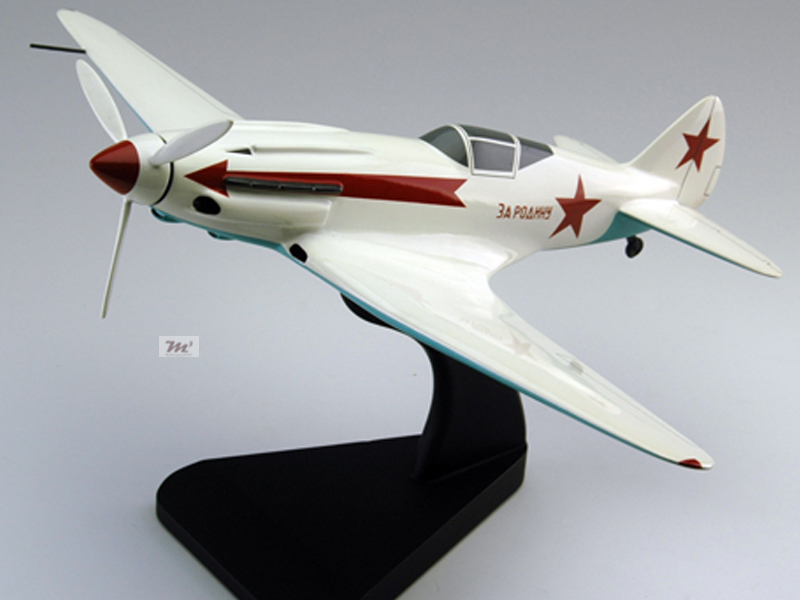
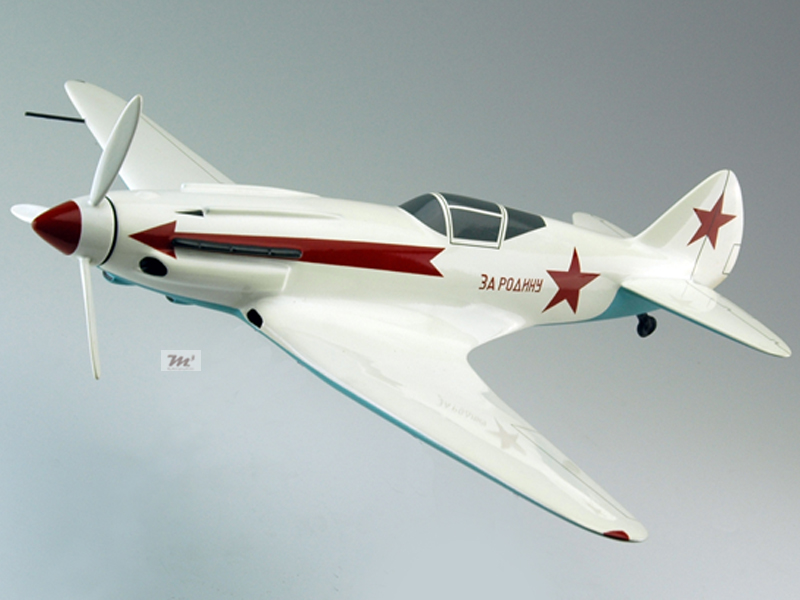
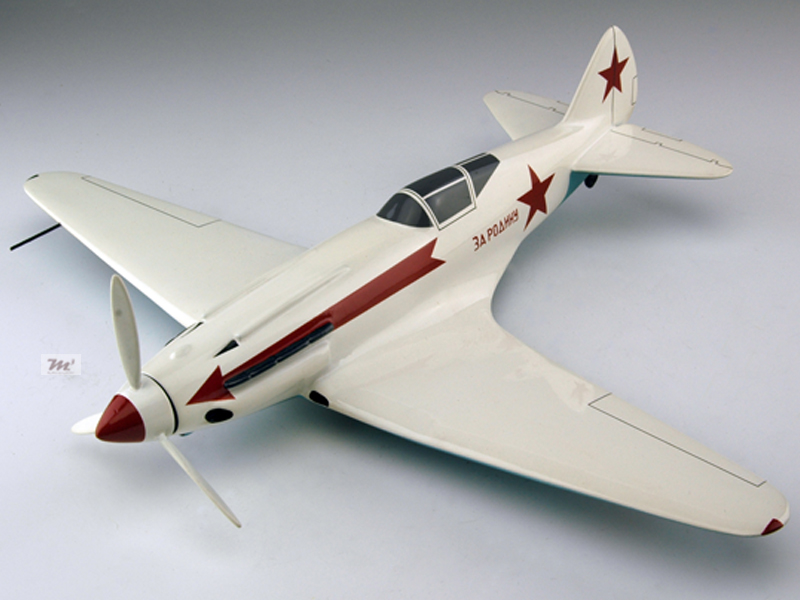
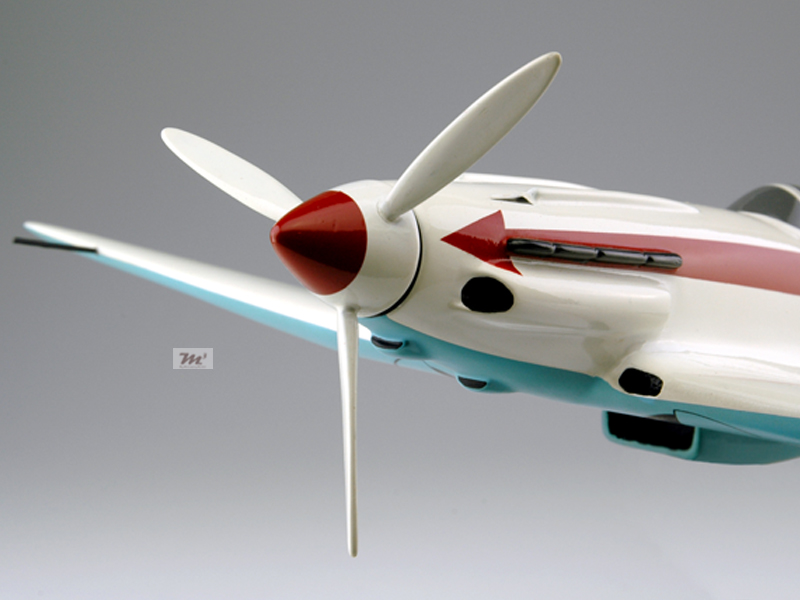
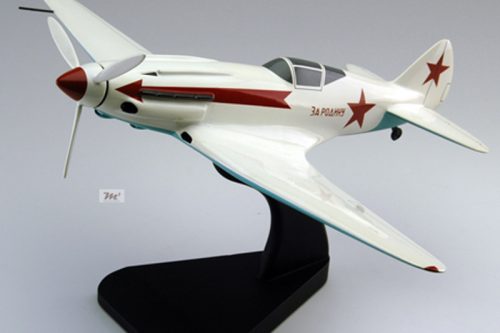
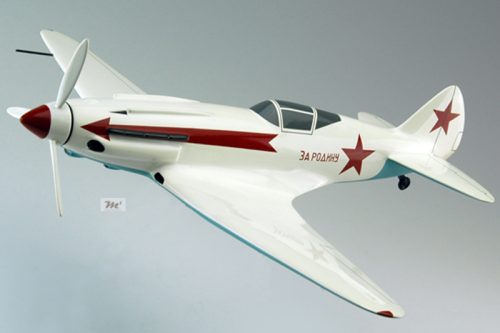
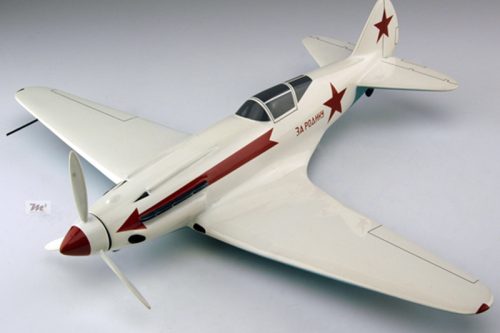
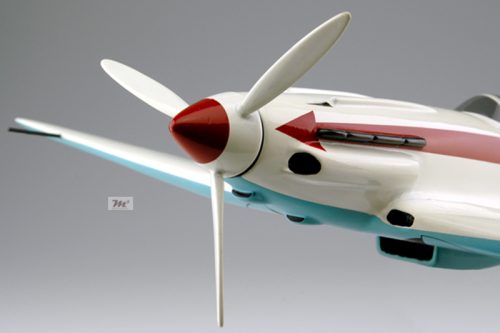
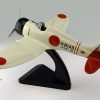
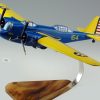
Reviews
There are no reviews yet.